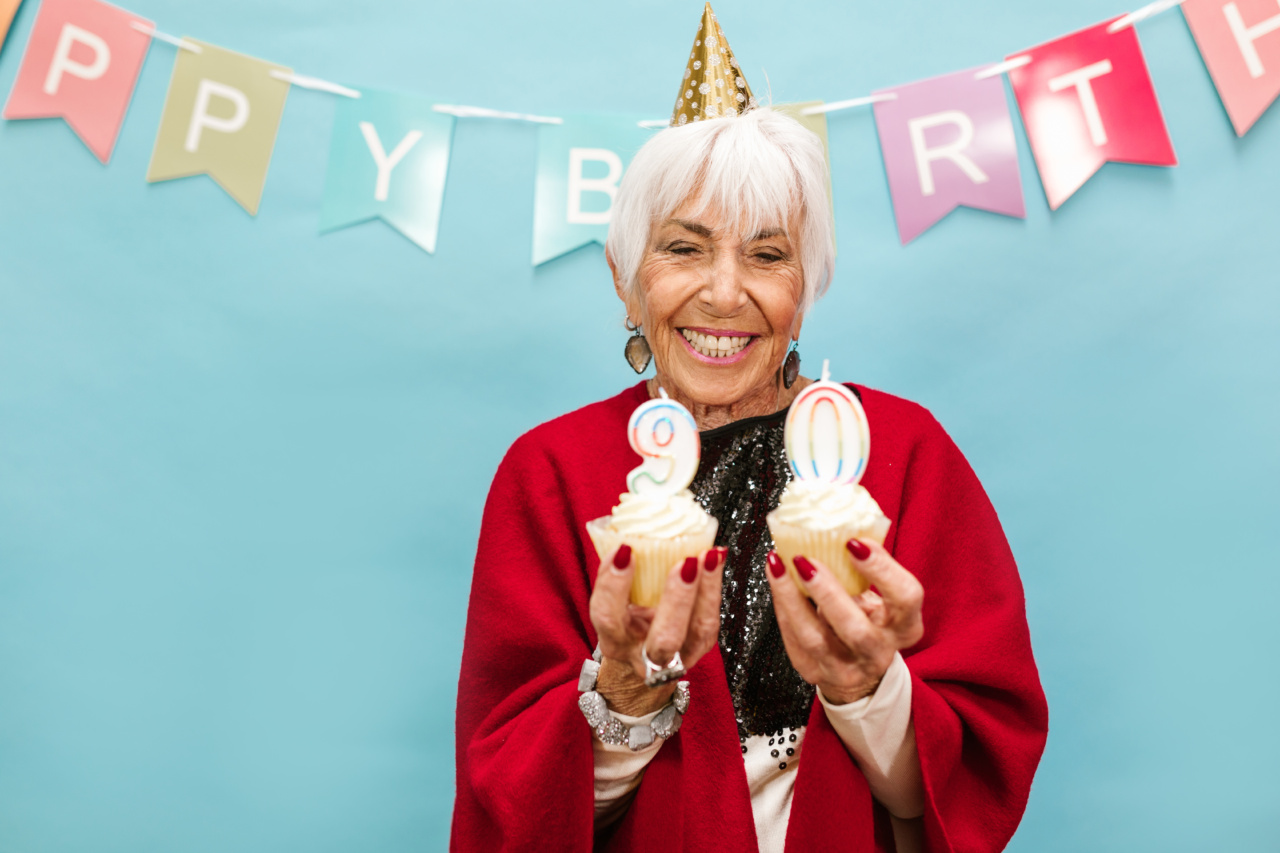Female aging is a complex journey that varies from woman to woman. As women age, numerous physical, hormonal, and emotional changes occur, influencing their overall well-being and quality of life.
In this article, we will delve into the topic of female aging and explore the variations that emerge across different numbers, such as age, demographics, and experiences.
The Impact of Age on Female Aging
Age is a significant factor in the process of female aging. Each passing year brings along unique challenges and transformations. Let’s take a closer look at how different age ranges affect women:.
20s: The Beginning of Adulting
During their 20s, women experience numerous changes, both internally and externally. This is a period of self-discovery and exploration, as women establish careers, relationships, and find their place in society.
30s: Balancing Act
The 30s bring new responsibilities and often include building a family while managing professional aspirations. Biological changes may come into play, with some women experiencing a decline in fertility.
40s: Peri-Menopause and Transition
This stage is often characterized by peri-menopausal symptoms. Hormonal fluctuations can lead to irregular periods, hot flashes, mood swings, and other physical and emotional changes.
Many women find themselves reevaluating their priorities and embracing this transitional period.
50s: Menopause Enters the Scene
Menopause typically occurs in a woman’s 50s. This marks the end of menstruation and the cessation of reproductive capabilities.
Women may experience various symptoms such as night sweats, weight gain, decreased bone density, and an increased risk of certain health conditions.
60s and Beyond: Embracing Wisdom
Entering the senior years, women often face new challenges related to aging. Physical strength may decline, and health issues may become more prominent.
However, many women find this a time of freedom and self-expression, with the wisdom acquired throughout life guiding their choices.
Demographic Variation in Female Aging
Female aging does not present a uniform experience across different demographics. Factors such as geography, culture, and socioeconomic status influence this journey. Let’s explore some of the variations:.
Urban vs. Rural Living
Women residing in urban areas may have access to better healthcare facilities, recreational activities, and support systems. On the other hand, rural living may bring about challenges such as limited healthcare access and social isolation.
Cultural Influences
Culture plays a significant role in how women experience aging. Different cultural expectations, rituals, and traditions shape their perceptions of aging and influence their roles within society.
Socioeconomic Factors
Socioeconomic status affects various aspects of female aging, including access to healthcare, nutrition, and opportunities for personal growth.
Financial stability can significantly impact a woman’s overall well-being and ability to navigate the aging process.
Experience-based Variations
Every woman’s aging journey is unique, shaped by her individual experiences and choices. Let’s explore some variations that arise based on personal circumstances:.
Physical Health and Lifestyle
Women who prioritize their physical health through regular exercise, a balanced diet, and self-care practices often experience positive aging outcomes. Conversely, neglecting physical health may lead to higher risks of age-related health conditions.
Mental and Emotional Well-being
Psychological well-being plays a crucial role in female aging.
Women who foster mental resilience, maintain strong social connections, and engage in activities that bring joy and fulfillment tend to navigate the aging process more positively than those who face mental health challenges or isolation.
Life Events and Trajectories
Life events, such as childbirth, career milestones, loss of loved ones, or major life transitions, can significantly impact a woman’s aging experience.
Each woman’s unique trajectory shapes the way she approaches and perceives the aging process.
The Importance of Individuality
While it is essential to acknowledge the broad patterns and variations in female aging, it is equally crucial to recognize that every woman’s journey is deeply personal.
The numbers we use to measure and quantify aging only scratch the surface, as the true essence lies within each woman’s unique narrative.






























